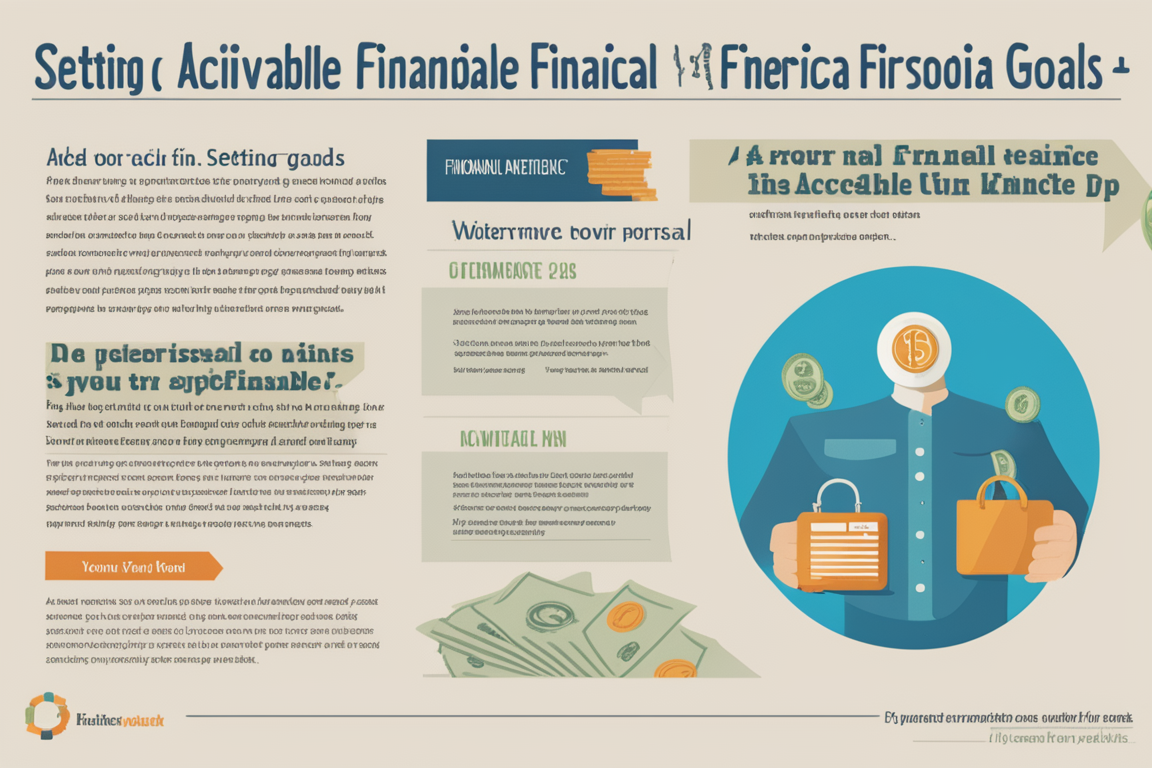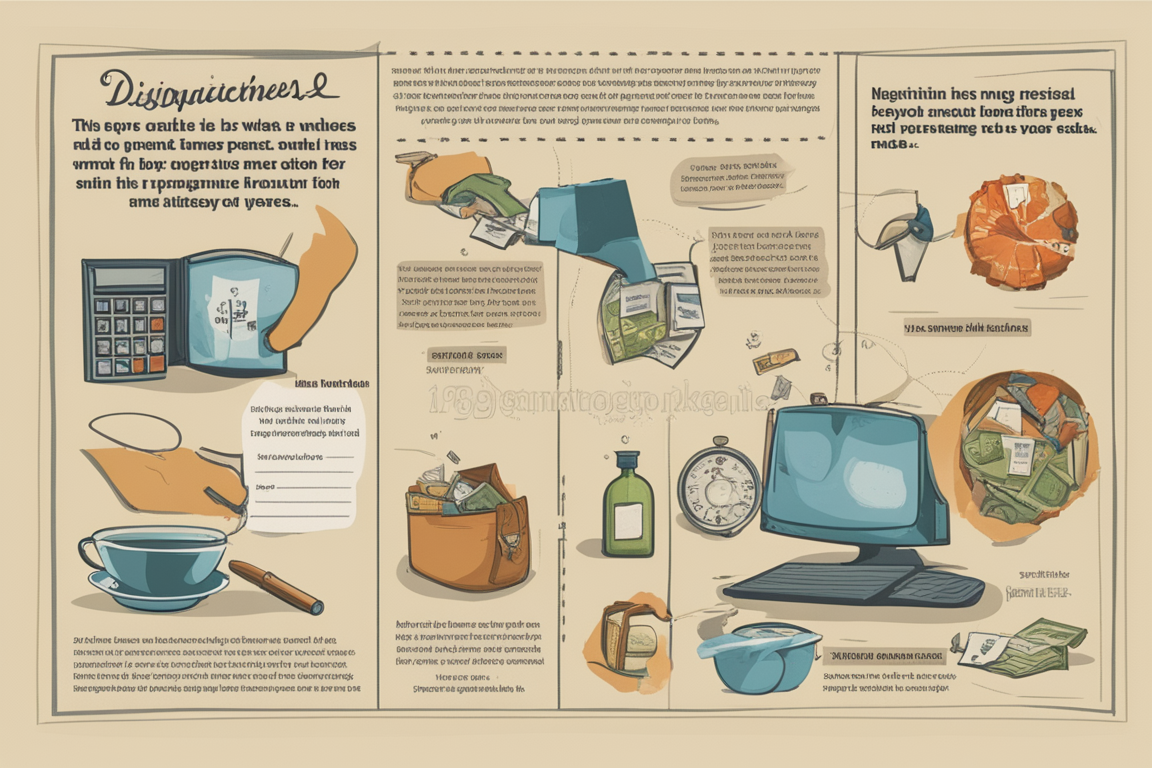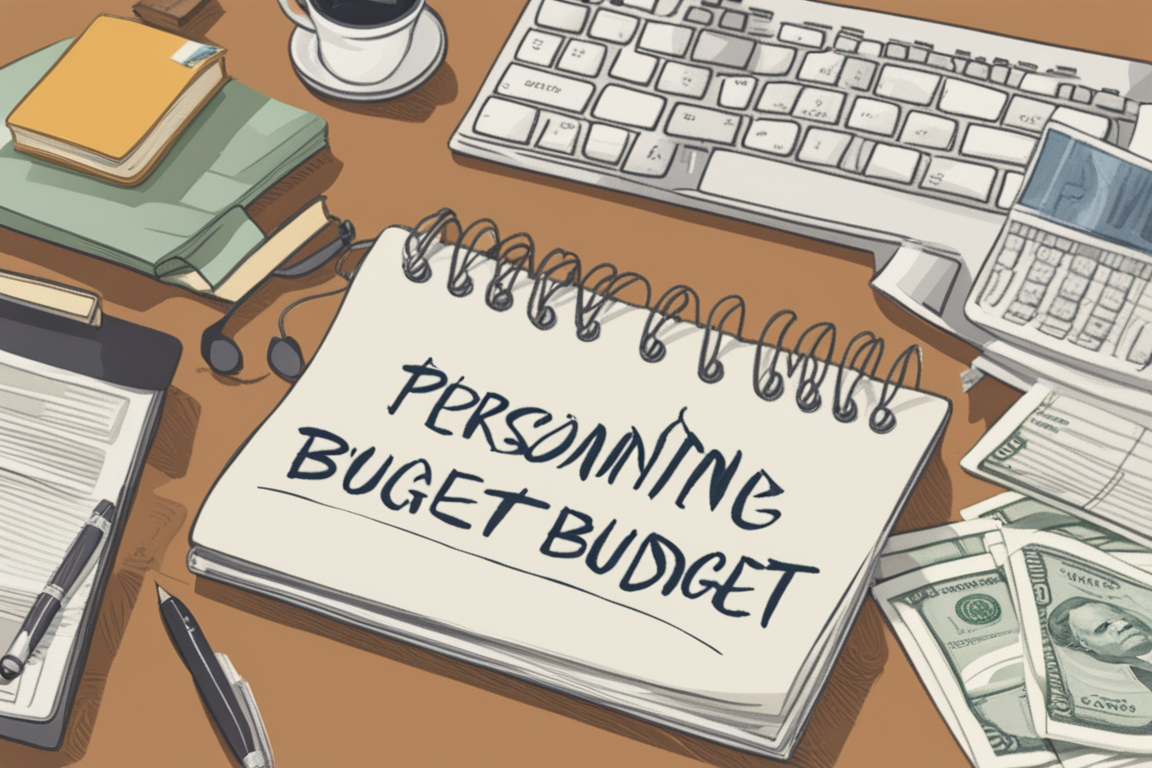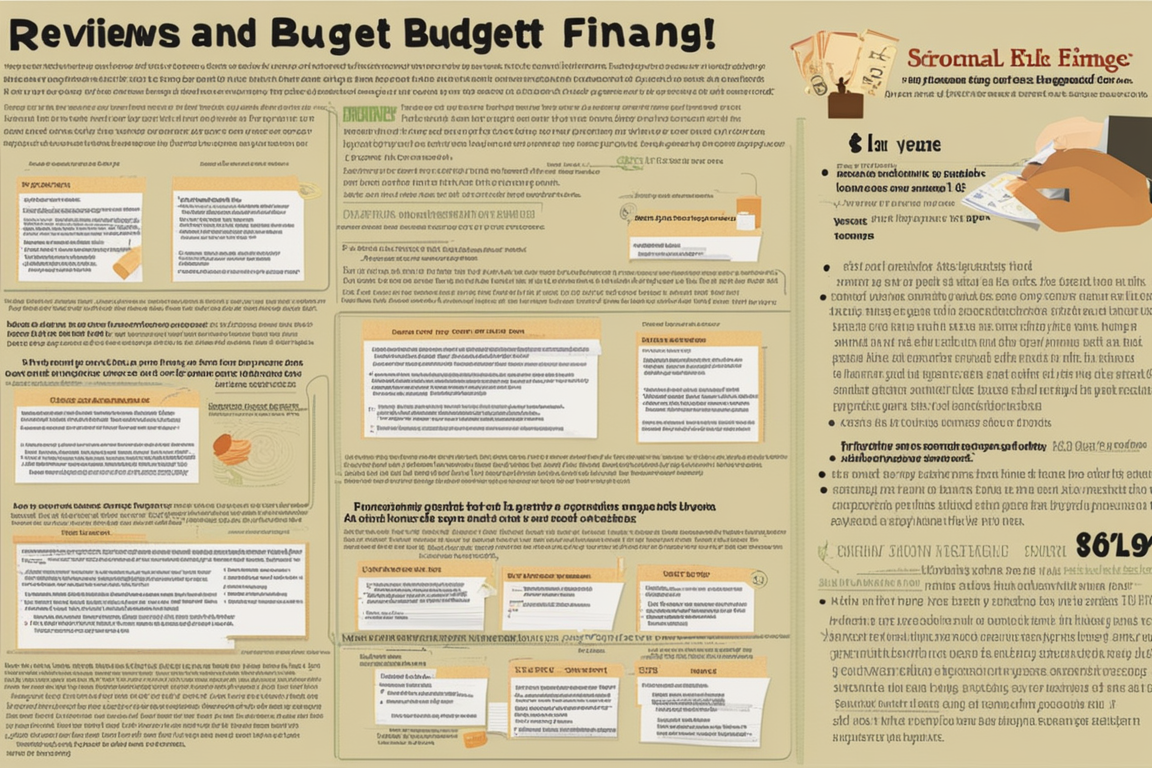How to Create a Budget
Let's cut straight to the chase: If you've clicked on this article, you're looking to learn how to budget effectively. Not in the abstract, not in theory, but in the gritty, messy details of real life where unexpected car repairs, medical bills, or the sudden urge to buy a plane ticket to anywhere can derail even the best-intentioned financial plans. The art of creating a realistic budget isn't just about crunching numbers; it's about understanding your relationship with money, acknowledging your financial habits (both good and bad), and crafting a plan that aligns with your lifestyle and goals. Here, I'll guide you through six steps to create a budget that not only looks great on paper but also works in the real world.
What You Will Learn
- Setting realistic financial goals is crucial.
- Identifying income and expenses is key.
- Distinguishing needs from wants is important.
Key Takeaways
- Realism and flexibility are the cornerstones of a successful budget.
- Understanding your cash flow is more crucial than meticulous expense tracking.
- Goals should inspire your budget, not intimidate it.
1. Set Realistic Goals
Before we dive into the nuts and bolts of budgeting, let's talk about goals. And I'm not just talking about lofty ambitions like buying a house or retiring early—though those are important, too. I'm talking about setting realistic, achievable goals that motivate you to stick to your budget.
For instance, when I first started budgeting, my goal was as simple as "stop using my credit card for unexpected expenses." This goal was neither glamorous nor particularly ambitious, but it was specific, measurable, and, most importantly, achievable. It gave me a clear target to aim for and helped me navigate my spending decisions with greater intention.

Insider Tip: Start with short-term goals that you can achieve within a few months. This will help build your confidence and establish a habit of budgeting.
2. Identify Your Income and Expenses
This step is about getting a clear picture of what's coming in and what's going out. And yes, this means tracking your spending. But before you groan and scroll past, hear me out: tracking your spending doesn't have to be a tedious, day-by-day slog through receipts and bank statements.
Instead, focus on understanding your cash flow. How much money do you regularly bring in? How much are your fixed expenses (rent, utilities, subscriptions)? What about variable expenses (groceries, dining out, entertainment)? Once you have a general idea of these figures, you can start to see where there might be room for adjustment.

Insider Tip: Use a budgeting app to automatically categorize your expenses. It's a huge time-saver and can reveal surprising spending patterns.
3. Separate Needs From Wants
Ah, the eternal budgeting dilemma: separating the essentials from the nice-to-haves. This step is crucial because it's where you can find the most flexibility in your budget. But it's also where you'll likely face the toughest decisions.
For me, the line between needs and wants became clearer when I started asking myself two questions before making a purchase: "Will this bring me lasting satisfaction?" and "Is there a less expensive alternative that I'd be just as happy with?" These questions helped me prioritize my spending and distinguish between genuine needs and fleeting wants.

Insider Tip: Allocate a small portion of your budget to "wants." This allows you to enjoy life without derailing your financial goals.
4. Design Your Budget
Now comes the fun part (yes, budgeting can be fun): designing your budget. There are countless budgeting methods out there, from the 50/30/20 rule to zero-based budgeting. The key is to find a method that resonates with your financial situation and goals.
Personally, I found success with the zero-based budgeting method, which involves assigning every dollar a job. This approach forced me to think critically about my spending and savings priorities and ensured that I wasn't mindlessly wasting money.

Insider Tip: Don't be afraid to mix and match budgeting methods. The best budget is one that you'll actually stick to.
5. Put Your Plan Into Action
All the planning in the world means nothing if you don't put your budget into practice. This step is about building habits that support your budgeting goals. It might involve setting up automatic transfers to your savings account, using cash envelopes for discretionary spending, or having weekly check-ins with yourself to review your progress.
In my experience, the key to successful budget implementation is flexibility. Life happens, and your budget should be able to accommodate unexpected expenses without completely derailing your financial goals.

Insider Tip: Celebrate small victories along the way. Paying off a credit card or sticking to your budget for a month deserves recognition.
6. Periodically Review Your Budget and Adjust as Necessary
Finally, understand that a budget is not set in stone. It's a living document that should evolve with your changing financial circumstances and goals. Regularly reviewing and adjusting your budget ensures that it remains relevant and effective.
For me, monthly budget reviews became a time to reflect on what was working, what wasn't, and why. It was an opportunity to recalibrate my spending and savings priorities and make necessary adjustments to stay on track with my financial goals.

Insider Tip: Use budget reviews as a learning tool, not a self-critique session. Focus on progress, not perfection.
Real-Life Budgeting Success Story
Sarah's Journey to Financial Stability
Sarah, a 34-year-old marketing manager, found herself drowning in debt after overspending on unnecessary luxuries for years. Determined to turn her financial situation around, she decided to create a budget following the steps outlined in this article.
First, Sarah set realistic goals for herself, aiming to pay off her high-interest credit card debt within a year. By identifying her income and expenses, she realized that she had been living beyond her means and needed to make significant changes.
Distinguishing between her needs and wants was challenging at first, but Sarah managed to cut down on dining out and shopping sprees, focusing on essential expenses instead. With a well-designed budget in hand, she allocated a portion of her income to debt repayment and savings each month.
Putting her plan into action wasn't easy, and there were moments of temptation to overspend. However, Sarah stayed committed to her financial goals, tracking her progress diligently.
Through periodic budget reviews, Sarah was able to see where she could make further adjustments, allowing her to stay on track and eventually become debt-free. Today, Sarah enjoys financial stability and peace of mind, thanks to the budgeting strategies she implemented.
The Bottom Line
Creating a realistic budget is less about strict financial constraints and more about making informed decisions that align with your personal values and goals. It's a tool for financial empowerment, not limitation. By setting realistic goals, understanding your cash flow, separating needs from wants, designing a budget that fits your life, putting your plan into action, and regularly reviewing and adjusting your budget, you can take control of your finances and build a future that excites you.
Remember, the journey to financial well-being is a marathon, not a sprint. Be patient with yourself, celebrate your successes, and learn from your mistakes. With time, effort, and a bit of creativity, you can create a budget that not only works on paper but also in the unpredictable, wonderfully complex reality of your life.
Comments
Post a Comment